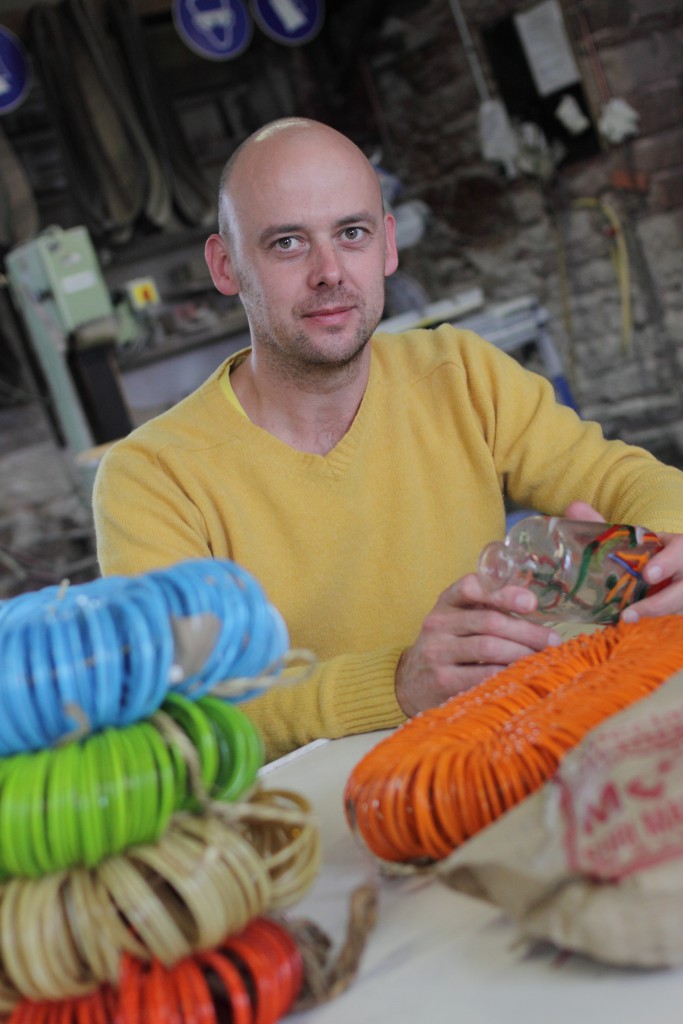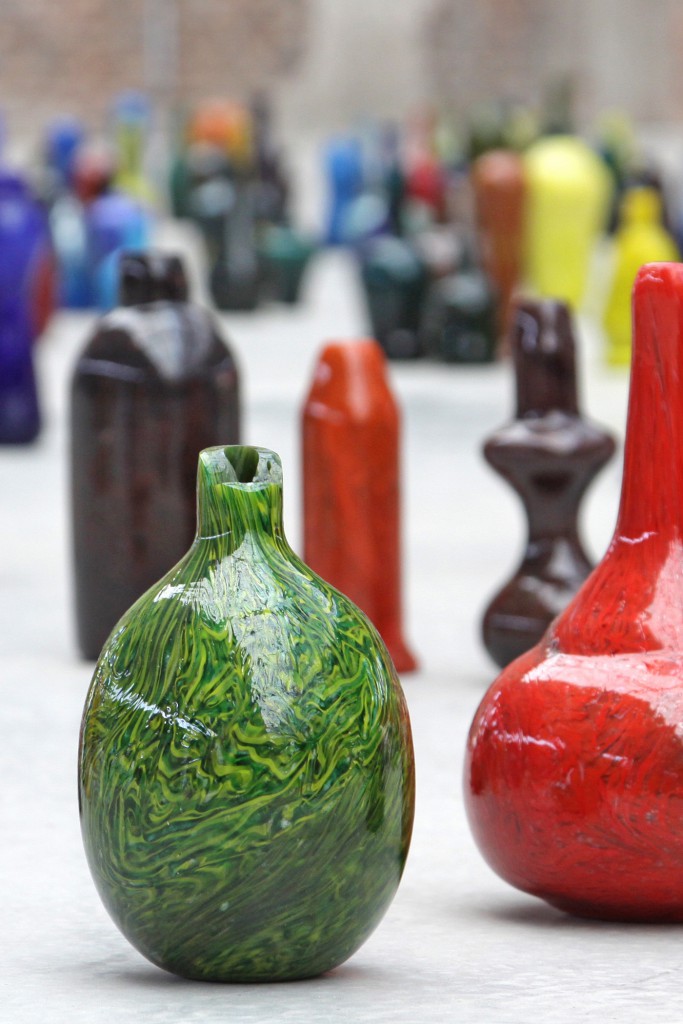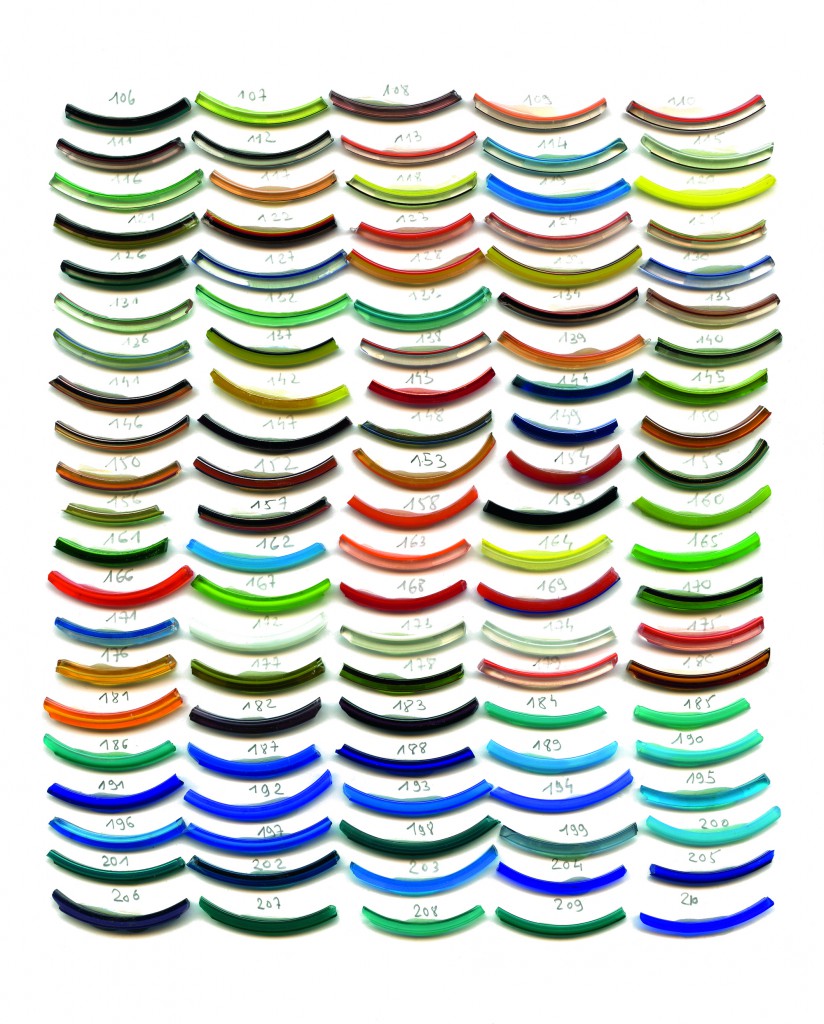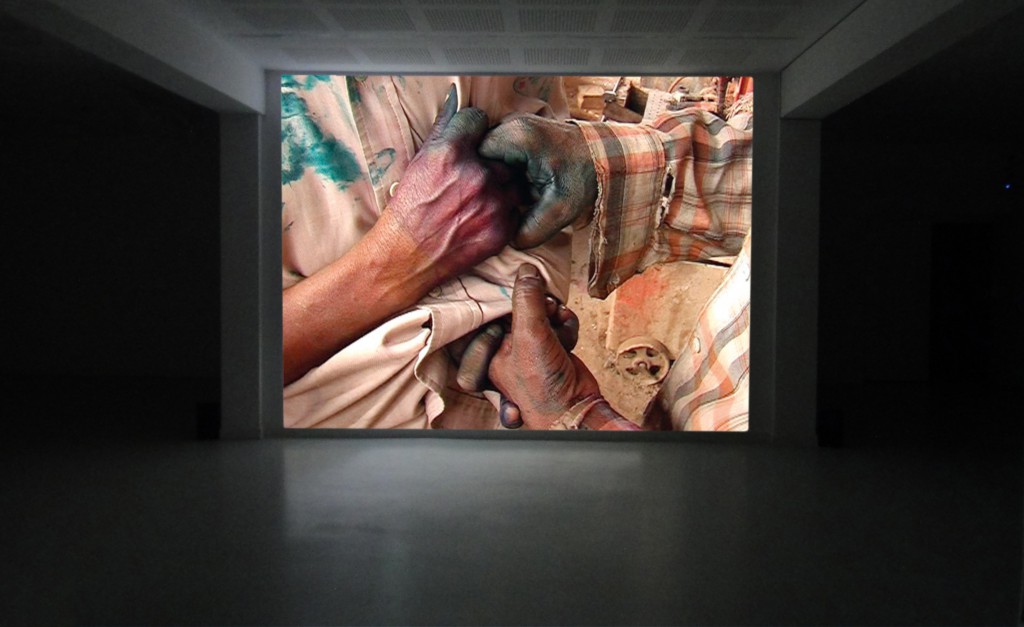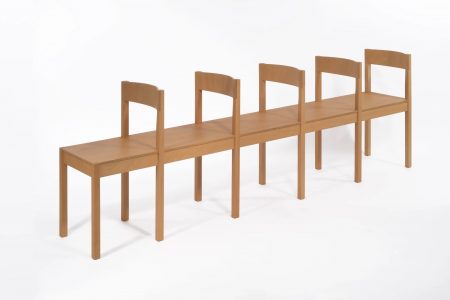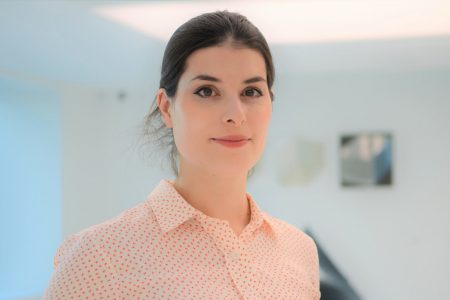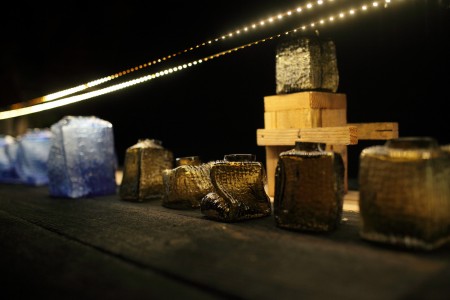François Daireaux’s Blow Firozabad Bangles
Daireaux’s solo exhibition at the mudac Lausanne reveals the singular but universal artistic vision through his comings and goings between the glassmaking cities of Firozabad and Meisenthal
Opening today, and on display until February, the solo exhibition Blow Firozabad Bangles by François Daireaux will surprise the audience. Curated by Amélie Bannwart and Jessica Dieffenbacher —in charge of the contemporary glass collection at the mudac Lausanne— it reveals the singular but universal artistic vision and multimedia installations of Daireaux’s comings and goings between the glassmaking cities of Firozabad in India and Meisenthal in France.
By traveling to the emblematic Indian glassmaking city of Firozabad, photographing the people within the noisy and wild factories, filming them and carrying out an entire production of bangles, François Daireaux is not simply exploring the Indian glass craftsmanship. His eye is socially and politically engaged. The visitor enters a multicolor installation made of re-blown bangles that have become individual and colourful autonomous sculptures, full of meaning, mysterious beauty and shades. Some weeks before the vernissage, TLmag discussed with Daireaux his vision of the future of both the industry and humanity.
TLmag: You are a multifaceted artist and you like to capture gestures and material transformations for documenting and abstracting them into your artwork —temporary installations, photos and movies. How would you sum up your vision?
François Daireaux: This project is part of my multidisciplinary approach to art: I am accumulating the experience and media as painter and sculptor; I’m creating art installations and, at the same time, filming and taking pictures. I travel worldwide to better understand how the factories are run and managed. I do not simply capture the handmade process, but all the living conditions that go with it. Glass is for me both a medium for expressing an aesthetic and the transforming and altering of the glass industry. From this fragile identity, I unfold a series of images and objects, with lots of meaning and sensitive power.
TLmag: What did traveling from Firozabad to Meisenthal mean to you?
FD: Firozabad was a peregrination of more or less six years into this glassmaking city, and it has evolved into a two-year project with the CIAV (Centre International d’Art Verrier) in Meisenthal —located in Moselle, France. I started to look at glass tubes and pearls and to see them processed into glass bracelets, the so-called bangles. There are millions of bangles that are manufactured daily in hundreds of glassworks in Firozabad, employing almost all the 600.000 inhabitants. The social and economic conditions are extremely primitive in those factories, which are mass and over-producing for the global market. Gestures are for me key in my artistic process. Firozabad and this contrasted vision of the glassblowing confronted to the human condition became the base of my full experience of this wildly excessive production that brought me to question the process of exchange, networking, migration and the global culture.
From Firozabad to Meisenthal, I exported 404 toras composed of hundreds of colourful bangles –and started to re-blow them by using 404 existing moulds preserved by the CIAV, coming from factories that had closed their doors. Those 404 toras became the base for the imprints installation.
Mouth-blowing the glass liquid into reclaimed moulds from the Meisenthal region was more than symbolic: I was positioning myself as an artist but also as a protagonist of a glass story and its history, with a deep sense of drama but also re-creation. We cannot compare Firozabad to Meisenthal, but both cities have a quite similar heritage but within a different context and at another human scale. At mudac Lausanne, the 404 imprints are all arranged on a stand around which visitors can walk before entering into a dark room where the film Firozabad is screened.
TLmag : What about the scenography at the mudac Lausanne?
FD: In the first room, a large podium showcases the 404 imprints blown at Meisenthal as well as the fantastic color palette of the 404 shades of bangles I have listed while traveling to Firozabad. Colour is one of my main references, being a painter from the start. This subjective trip between two cultures, East and West, brings together a traditional and chaotic glassmaking city in Northern India and Meisenthal’s glassmaking, history and how it has reinvented itself —thanks to the CIAV, with Yann Grienenberger and his team. The contrast is impressive! A movie screen in a dark room shows my movie on Firozabad, 65 minutes of captivating images, no dialogues, only visual close-ups or full screen accompanied by a soundtrack. You can observe the inner and outer urban context of the Indian city’s glassworks. It’s not a documentary but an artwork by itself.
On the second floor there is a large table with all the glass tests done in Meisenthal, coupled with a selection of moulds from their library.
TLmag: What are the similarities between Meisenthal and Firozabad? How do they feed your artistic work?
FD: Glassmaking unites both cities, even though the design process is very different from India to Europe. The know-how has been brought from Europe to the East in the course of the 15th century, but most exported objects were usually broken or disassembled while reaching their destination. That was the starting point of small factories in India that were upcycling the European glass by re-blowing it. I did the travel backwards. In India, their glass bracelets are based on the traditional moulded clay bracelets, rather than in Meisenthal, where they are returning to their roots reclaiming the beauty and using the 404 moulds preserved as an archeological treasure at the CIAV Meisenthal, as a tribute to all the closures of the French Lorraine glass manufactures.
I am very much looking at people, at their environment and how they evolve within their city, as well as mass-production industries throughout time. I am quite worried about Firozabad — it is not as competitive when compared to China anymore. The city may face the same situation that the French glass industry did as of late. There are also inhumane working conditions that need to change, coupled to a context of local production crisis.
TLmag: How would you describe the symbolic and artistic value of your 404 imprints installation?
FD: The imprint happens when the object slightly moves and provokes a surprise, an effect of awareness about time and space. Meisenthal glass manufacturers and Firozabad’s infernal glass production sites are brought to life within one single installation of the 404 imprints, revealing the notion of difference and repetition. In my practice, and since 1989, I have been working as an artist; I have always been fascinated by humanity and entropy as a natural phenomenon. The bangles, dematerialised, are altered and transformed into a new piece, a new shape. There are Blow Bangles. To create this series, I had to become a glass merchant, buying toras of different colours in Firozabad to bring a container back to Meisenthal. And the travel continues towards new destinations.
Blow Firozabad Bangles is on display at the mudac Lausanne until February 11, 2018
